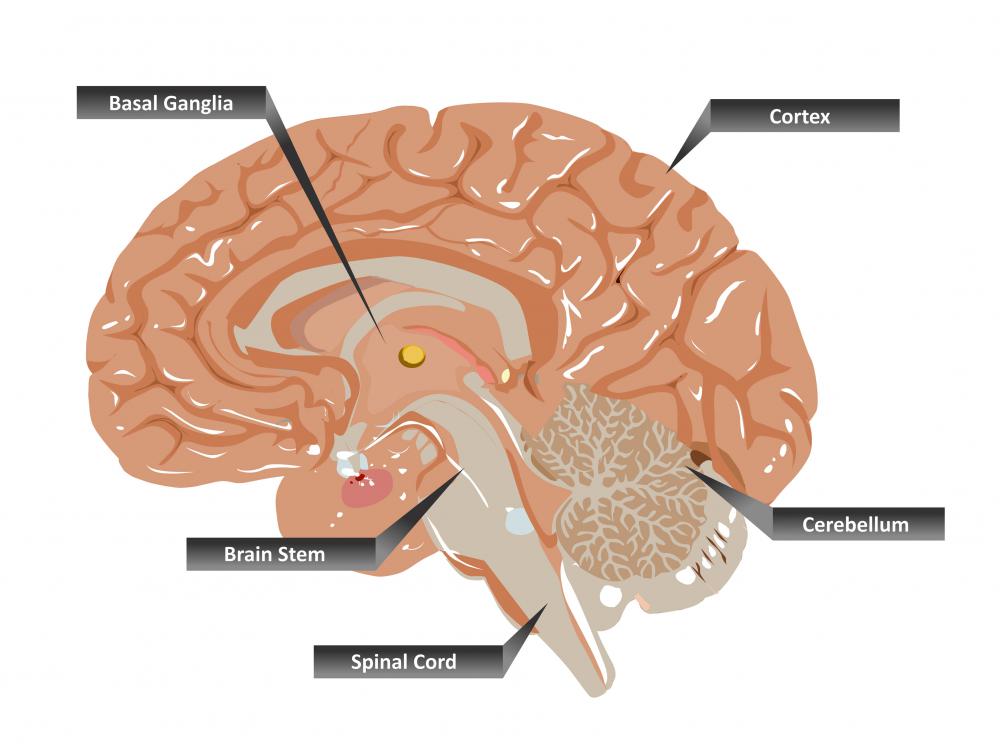At WiseGEEK, we're committed to delivering accurate, trustworthy information. Our expert-authored content is rigorously fact-checked and sourced from credible authorities. Discover how we uphold the highest standards in providing you with reliable knowledge.
What is a Spinal Tap?
A spinal tap or lumbar puncture is most often a method for diagnosing the presence of certain illnesses that involves removing some of the fluid around the spine and brain stem, via needle aspiration. This is called cerebrospinal fluid (CSF), and it can be tested to determine many things about physical health. Alternately, a puncture of this type can be used as a method of access so that medicine, like chemotherapy drugs, can be delivered directly into the spinal and brainstem area; this is known as intrathecal therapy. Lumbar punctures have a previously deserved reputation for being painful, but improvements in medicine mean they are seldom painful or as challenging as they were in the past, and complications from them are much less common.
The general procedure for the spinal tap first usually involves performing a magnetic resonance imaging (MRI) or computerized tomography (CT) scan to look for problems that would contraindicate doing a tap. In particular, it is important that large brain tumors are not present, as removing CSF could cause fatality if they are. Other patients who usually won’t have this test performed include those with obvious infections of the skin in the area where the needle is injected, people with bleeding disorders, or those who are on anticoagulant medications.

If a patient doesn’t have any of these risk factors, they can have a spinal tap. Patients are asked to assume a fetal position, with the knees close to the chest. The area where CSF will be aspirated, which is often between the fourth and fifth vertebrae, located in the lumbar or low back region, is numbed with an anesthetic like lidocaine. A needle is inserted into the spinal area, and CSF is collected in several vials. CSF can then be analyzed for various things, which may take a few days. Depending on the health of patients, they might go home after lying down for a few hours after the test, or they could remain in the hospital.

One of the main reasons a spinal tap is performed is to look for infections like meningitis. Doctors may also evaluate CSF for evidence of encephalitis, syphilis, brain cancers, bleeding in the brain, or conditions like multiple sclerosis. During the spinal tap, CSF pressure measurements can be taken as well. A lumbar puncture may also be performed in order to deliver intrathecal therapy or to give anesthesia.

The highest risk associated with the modern spinal tap is spinal headache. Headaches seem to occur more in children and most headaches stop within a few days. Rarely, headaches last for several months. In very young children there is still heightened risk of conditions like paralysis from a tap, but this risk is lower than in the past, and the benefits of performing a tap frequently outweigh risks significantly. All taps carry some of risk infection and bleeding, but most people not diagnosed with a serious illness resume activities soon after a tap is performed and suffer no complications.
AS FEATURED ON:
AS FEATURED ON:













Discuss this Article
Post your comments